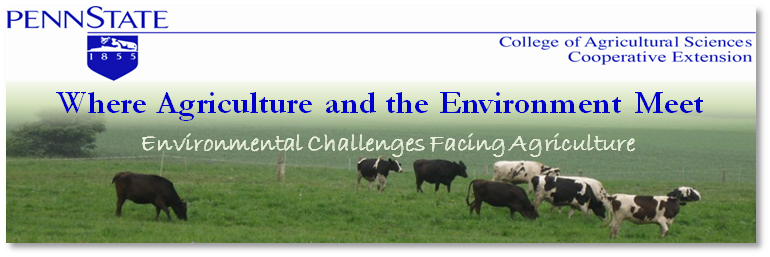
The milk house waste is an area that is often overlooked when considering phosphorus (P) loss from the farm, but it shouldn't be. Many things contribute to high P levels in milk house waste, including the cleaning detergents that have high P concentrations, manure, residual milk, and feed. An article put out by SERA-17 suggests two solutions to prevent this P from getting into local waterways; install a septic type system or utilize vegetated or non-vegetated filter strips. Septic type systems work much the same as regular septic systems in that solids settle out into a tank and the water flows into a septic field. Non-vegetated filter strips work by bringing P in contact with soil or other material that binds P. Vegetated strips works by slowing the flow of material allowing the vegetation to remove the P from the soil.
Deciding on what system to go with will depend on the soils on the farm, where a filter strip could be located, and of course the cost of each system. If designed and maintained properly filter strips can remove up to 90% of the P from waste water. However, if the filter strip is too small for the amount of milk house waste it can become saturated and will have to be regenerated. The benefit to vegetative filter strips is that the once the vegetation removes the P from the soil it can be harvested and utilized elsewhere, which helps to keep the filter strip from becoming saturated. Septic systems are not problem free either. They can be more expensive to install and fatty solids in the residual milk can clog the septic field so septic tanks need to be pumped regularly to keep them working properly.
Brian Holms, Professor at the University of Wisconsin, recommends that farmers do what they can to reduce water usage in the milk house because the less waste you have to deal with in the first place the better. It is also beneficial from a water utilization standpoint so reduce the amount of water used in the milk house. He also recommends that the milk content of the milk house waste be reduced. There can be up to 5 gallons of milk left in the systems after each milking. Simply rinsing the system with water and collecting the rinse will remove the residual milk, and the collected material could be fed to calves as a supplemental milk source. Removing the milk from the system expands the options of how to deal with waste, and alleviates the clogging of septic systems as mentioned above.








